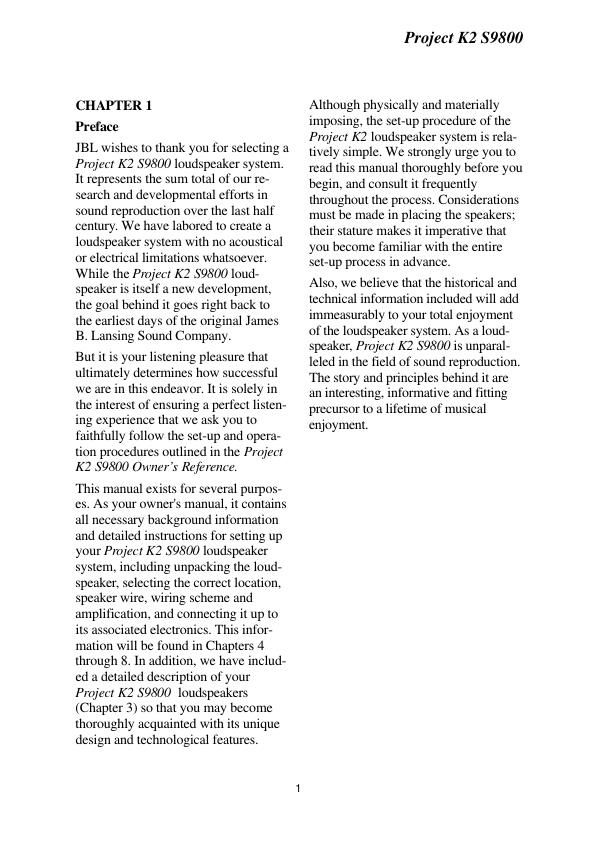Jbl k 2 s 9800 owners manual
This is the 30 pages manual for jbl k 2 s 9800 owners manual.
Read or download the pdf for free. If you want to contribute, please upload pdfs to audioservicemanuals.wetransfer.com.
Page: 1 / 30
